To join our group you need to be a current IAM member, to join the IAM click here.
If you are already an IAM member then please get in touch with our group using the contact us link in the menu.
Driving Articles
A selection of driving articles written by SWAM Group members.
'Winter Driving - Be Prepared for Your Journey' by Robin Clark
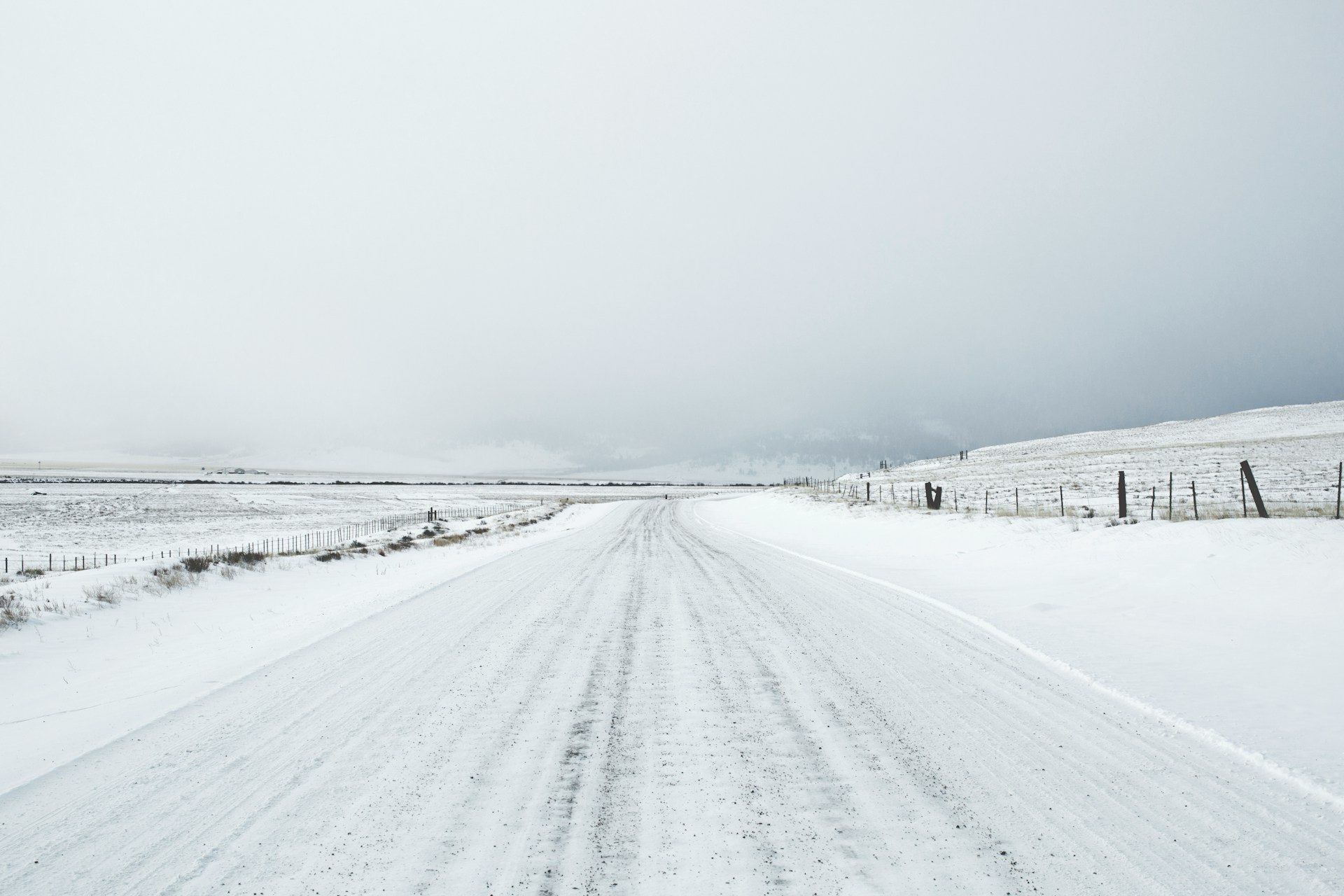
“…Steamy windows, Steamy window, Zero visibility, yeah Steamy windows…”. What a great Tina Turner song!
Of course I’m playing on words here. Winter driving involves more than just steamy windows. Frozen screens and filthy light lenses are commonplace at this time of year. All of that mud and grit that gets thrown up onto your vehicle without you noticing, which can make progress tricky and potentially very dangerous – particularly at night.
You would imagine it was stating the obvious, but how many times when we’re in a hurry, or late, do we see individuals jump into their car, clear the bare minimum of condensation or ice from the windscreen and start off on their journey?
“Oh I’m just popping down to the doctors’ surgery and I’m running a bit late” they might say. If they’re unlucky then they – or worse still – a pedestrian or other road user, will end up being transferred to an ambulance for the remainder of their journey – to a hospital…..well to the hospital car park at least whilst the injured party waits hours to be attended to in A&E. And all because an extra five minutes wasn’t spent ensuring their vehicle was safe and ready to start on that journey!
I’m surprised at the number of car owners who don’t have the essential tools to hand, to clear and prepare the car properly before starting their journey:
- A decent sized scraper with a rubber blade and sponge, to clear ice as well as condensation on the outside of windows.
- A pack of wet-wipes to clear the dirt and grime from your lights – front and rear. And don’t forget the number
plates. Wipes are also handy to clean your hands afterwards.
- A couple of rags for general use when checking fluid levels under the bonnet *1. This is prime time for running out of windscreen wash, which I recommend is mixed to a 50:50 level
with anti-freezing solution. Personally I prefer to buy the concentrated version and dilute it myself.
- A couple of good quality cloths and/or chamois blocks to clear the condensation from inside the car.
None of it is expensive, so there’s no excuse.
*1 I am aware that some fluids are no longer accessible to check levels from under the bonnet. Engine oil is one case in point in a number of more modern cars. So it becomes imperative that you make yourself aware of the screen controls and options inside your car(s) so that the information you need can be retrieved and displayed.
You’ll hopefully have seen the good advice of NOT using hot water to clear ice from your screen. Instead carry some de-icer with you for the windows. Maybe also get one of those screen protectors that you can tuck into your front doors to keep your windscreen clear overnight.
There is another article here that talks about (not) leaving your vehicle idling. Not only is it illegal on public highways, it also doesn’t actually do your vehicle much good. So have another read of that piece as well. However, a minute or so with the blowers going is not going to do any harm and ensures you have clear screens inside and out to start your journey.
Also, don’t forget the IAM acronym ‘POWDERY’. You should be doing at least a cursory inspection of the outside of your vehicle prior to every journey and I recommend checking under the bonnet more regularly throughout the winter months – every couple of weeks is a reasonable guide.
Consider popping a blanket or two in the car as well, just in case the worst happens and your vehicle does breakdown – or you get stuck in a traffic jam.
Other things you might wish to think about are some jump leads. You never know when you might forget to turn off your lights when you’ve reached your destination. Or how about that immensely satisfying moment when you can reply to someone else “Yes, I have some jump leads you can use…”.
This is by no means an exhaustive list of things to consider, but hopefully provides a guide towards the more important things to consider every time you jump into the driving seat
'New Year, New Tyres' by Rosemary Tandy
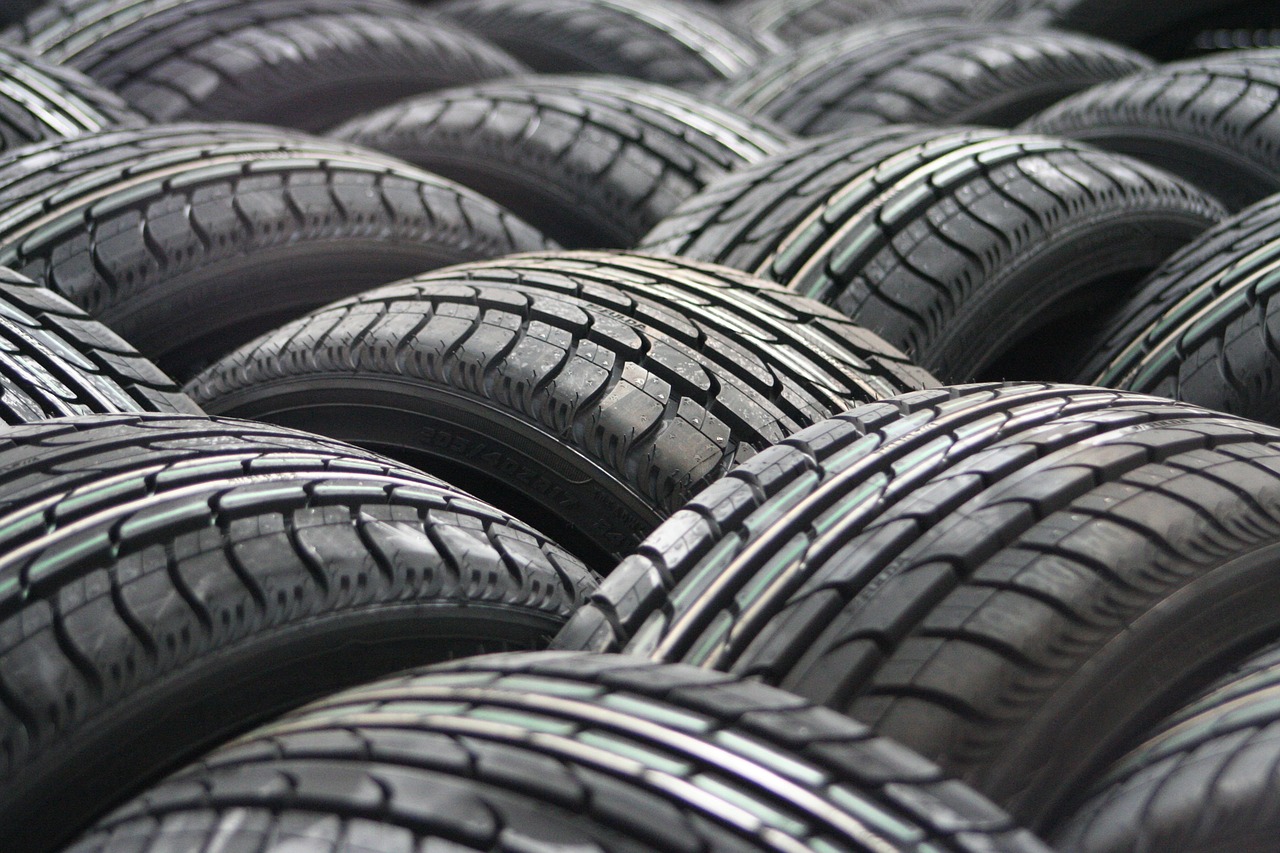
The new year almost always brings with it the worst of the weather, so now is a good time to check your tyres ready for what may lay ahead. Make this a New Year Resolution. Check that you have at least 1.6mm tread otherwise not only will you fail your MOT but be illegal. Keep an old 20p in the car and when you insert the coin into the tread, if the outer rim of the coin is exposed, then you need to replace the tyre. Better still buy a Tread Gauge for only a few pounds.
Many car owners are wondering about All season tyres and wondering if they are worth the extra expense. If you decide to fit all season tyres, you must fit them on all wheels. This is because if only fitting them on the front of the car, it could destabilise the balance of the vehicle when cornering and in wet or wintery conditions.
Winter tyres are made from a different compound of rubber with more Silica, this makes the tyre softer and more suited to lower temperatures than summer tyres, giving them more grip on icy roads .In freezing conditions winter tyres will enable you to stop in shorter distances. However it is best not to test this out on snowy or icy roads.
When buying new tyres, buy the best you can afford as they, together with your brakes, are the most vital protection for your safety. Premium tyres are not the cheapest but will last longer than a budget tyre. Always have the same tread pattern on all your tyres, and the same make which makes the car handling safer.
It is better to check the tyre pressure when the tyres are cold.
Tyre Labelling is important. This gives information on fuel efficiency, external noise and most importantly braking and wet grip performance. For example, a tyre rated A would give a stopping distance of 18 metres better than a G tyre rating. In other
words labels A, B and C will give better grip, fuel and noise levels than D,E,F and G. Again this is all a cost issue , however if you value your life and the lives of your passengers, it is well worth it.
Happy and Safe Driving
'Idling - Is it Illegal in the UK?' by Rosemary Tandy
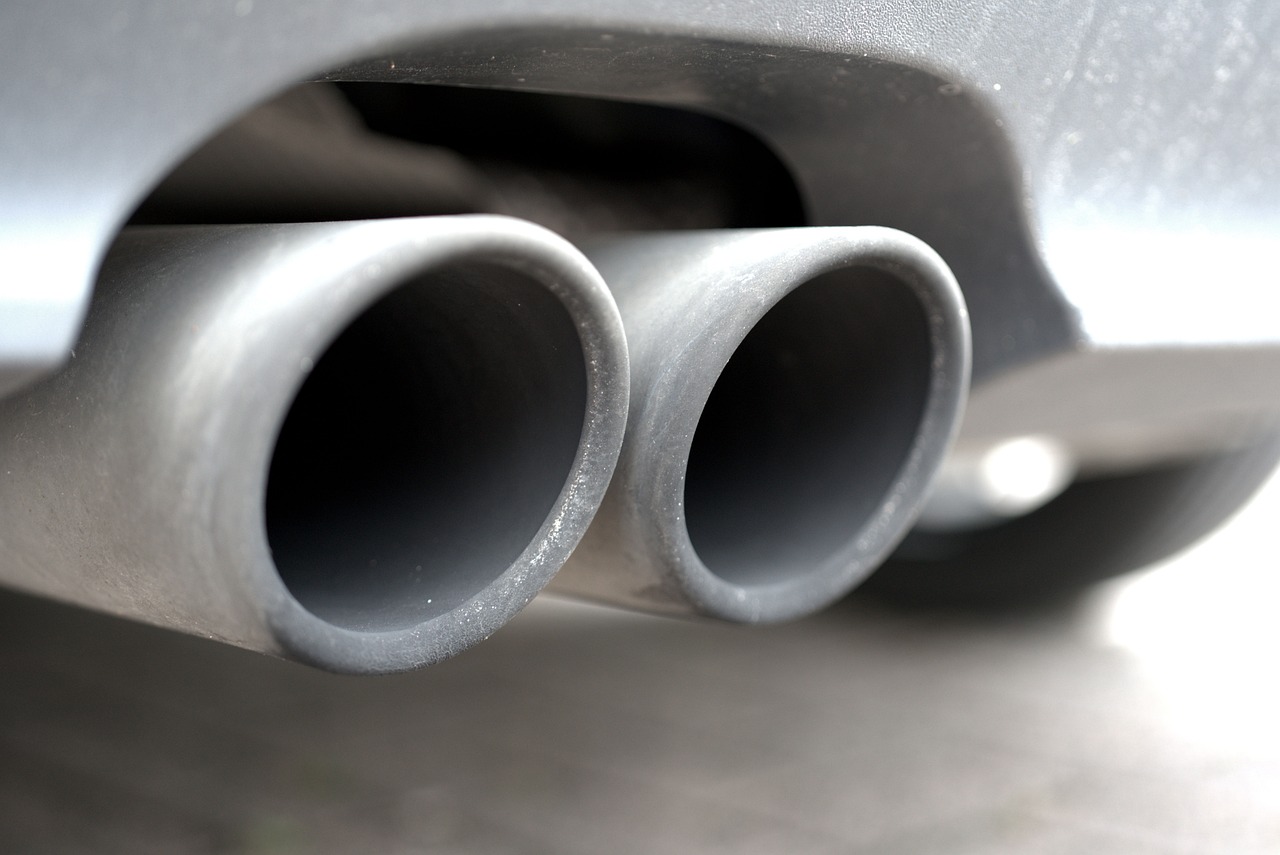
Idling is leaving your engine running while the car is stationary. This can’t be avoided when you are stuck in traffic, though if you are waiting at roadworks for a long time, it is worth turning off the engine. The important point is that it is illegal to leave your engine idling on a public road. Rule 123 of the Highway Code says ‘You MUST NOT leave a parked vehicle unattended with the engine running or leave a vehicle engine running unnecessarily while that vehicle is stationary on a public road.’ Under the Road Traffic (Vehicle Emissions) Regulations 2002 you can be fined £20 (rising to £40 if not paid within the required time). In some places like London there are additional measures in place which could increase the fine.
So, what’s wrong with it?
The answer is lots! The main problem is what is coming out of the car in the exhaust fumes. These are very polluting and cause air pollution which contributes to asthma, heart disease and lung cancer. In fact, an idling car can produce
up to twice the emissions of a car in motion.
Idling can also be bad for your car because an idling engine isn’t working as efficiently as in a moving car. The fuel may not burn properly which can leave behind a residue
which could harm your exhaust.
You may think it is all right to leave your car idling on your drive, but if you leave it unattended, this could have an impact on your car insurance, as it would be easy for a thief to steal your car. You are also still causing pollution, thus
harming your neighbourhood.
Another big reason to turn off your engine when stationary is to save fuel. It is a mistake to think that turning the engine off and on again uses more fuel. This is not the case with a modern car though it might
be with an older car.
So, the next time you stop at the side of the road to pick somebody up, or stop to look at a map, or for any other reason, switch off the engine!
'Understanding Driver Location Signs on Motorways' by David Major
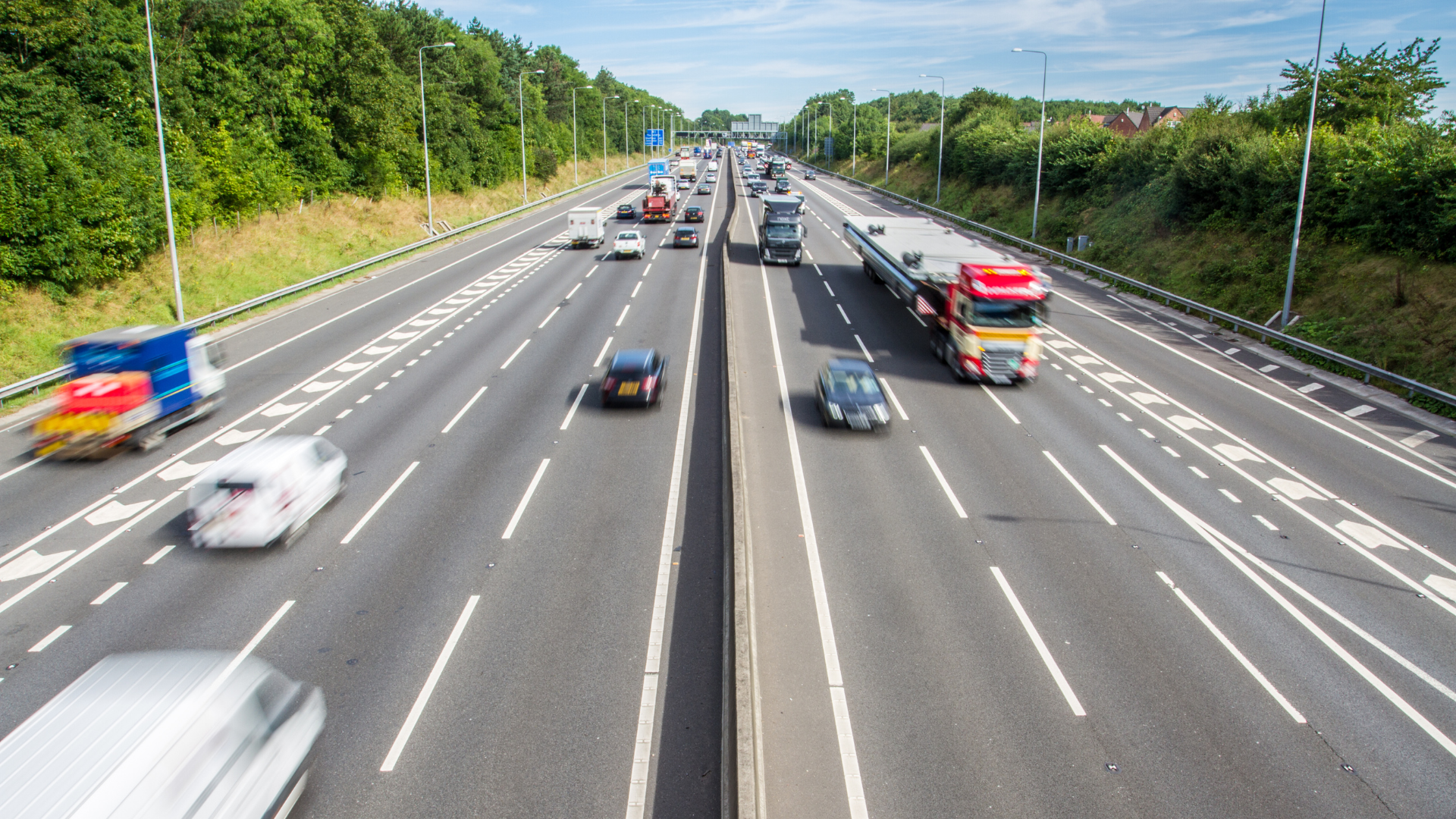
There's been a lot of funny blue signs cropping up lately - about every 500 metres in both directions along many English trunk roads. They are part of a Highways Agency scheme, trialled at first on the M6 in Cheshire, then the M25's southern section and the M42 east of Birmingham. Now they're gone national.
How do they work?
The text on the new signs provides all the information the emergency, highway or breakdown services would require to pinpoint a motorist's exact location.
M27
The number of the road you're travelling on.
A, B or C
The carriageway — A is usually the side on which junction numbers count up, B is usually where they count down. For example motorways radiating from London, A is 'Away' and B is 'Back' again. Other letters are
used for slip roads — J, K, L and M are frequently used for simple interchanges with four slips.
2.8
The mileage (in kilometres) from the notional start point of the road. The signs appear every 500m, so numbers count up 300.0, 300.5, 301.0, 301.5 and so on. There are some sections of motorways where something is in the
way of signs and it is easier to post them at .3 and .8 than .0 and .5.
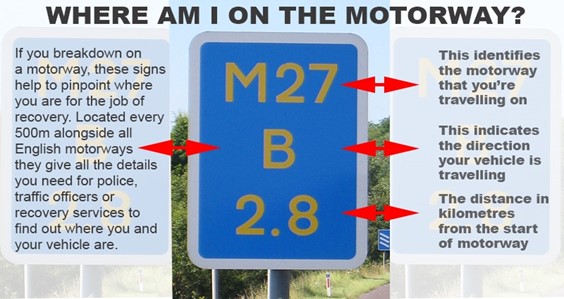
'Crash for Cash' by Sue Phillips
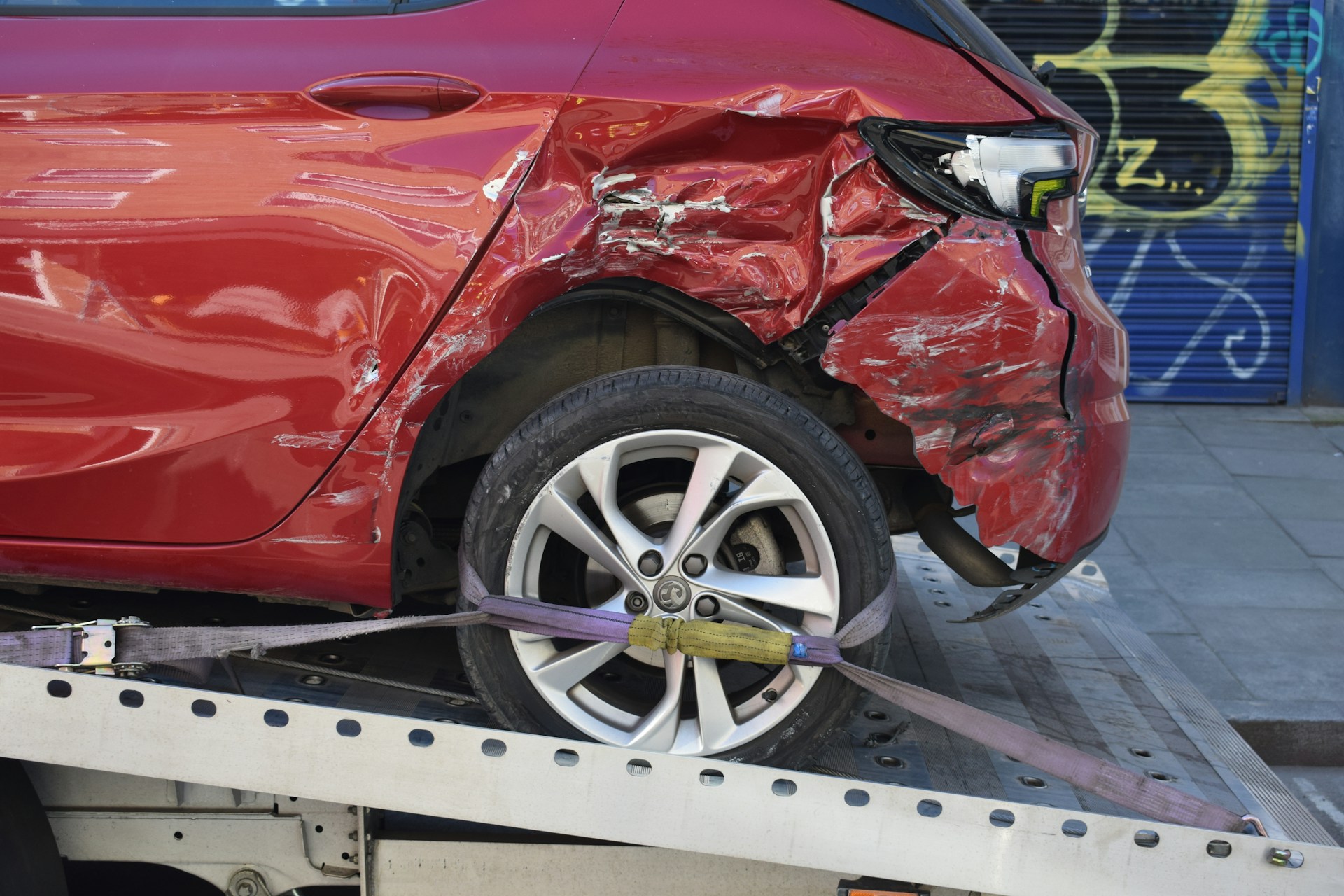
Sitting on the sofa watching morning tv the other day, I was surprised to hear Frome and Somerset being mentioned. Not in a positive way, but because they, as well as Beckington, now top the list of areas being targeted by Crash for Cash scams.
The Insurance Fraud Bureau have been looking at towns and cities where gangs are spreading out from their typical crime hotspots and are warning drivers to be vigilant to the scams.
So what is a Crash for Cash scam?
It’s a term used to describe a fraudulent insurance claim arising from a motor collision, or“induced accident”.
Car collisions involving an innocent driver can often be caused by fraudsters who slam on their brakes at a busy junction in the hope that the car behind will not be able to stop in time. Sometimes this is done with an accomplice driving erratically in front so they can divert the victim’s suspicion by saying the driver in front (who has disappeared from the scene) caused the accident. Sometimes they may move normally away from traffic lights and then suddenly brake for no reason. Sometimes they disable their brake lights so that the driver behind is not aware the car is braking. Or they encourage a driver to pull out of a side road so that they, or an accomplice, crash into the side of the car.
There are signs to look out for in a collision that may be an induced accident. The driver or passengers may not seem affected or concerned after the collision. They may appear to exaggerate any injuries. They may produce pre-written insurance information to hand over.
If you are involved in an incident you think is suspicious, exchange insurance details as legally required. Note as much information as possible about the driver, passengers and circumstances of the collision. Include written information, photos, dashcam footage and note if there is CCTV in the area. Do not confront the driver or the passengers. Inform your Insurance Company about the incident and tell them of your suspicions, inform your local police and contact the IFM Cheatline.
How can you avoid a Crash for Cash scam? Obviously, your Advanced Driving skills, IPSGA and your observation skills will help. Always keep a safe distance from the vehicle in front of you and remember your braking distances. Look ahead for potential hazards, including unusual driving behaviour. Observe both drivers and their passengers for suspicious behaviour. Be aware of cars in poor condition such as rear dents. Focus on vehicles, not just their lights as these may have been disabled. Be cautious when pulling out of side roads, make your own checks, do not rely on others encouraging you to pull out.
Crash for Cash scams are costing the insurance industry a lot of money, costs which are passed on to motorists. If we all stay alert we can do our part to reduce the number of induced accidents and make our roads safer.
'Driving in Summer Clothes Could Land you in Trouble' by Clare Hogg
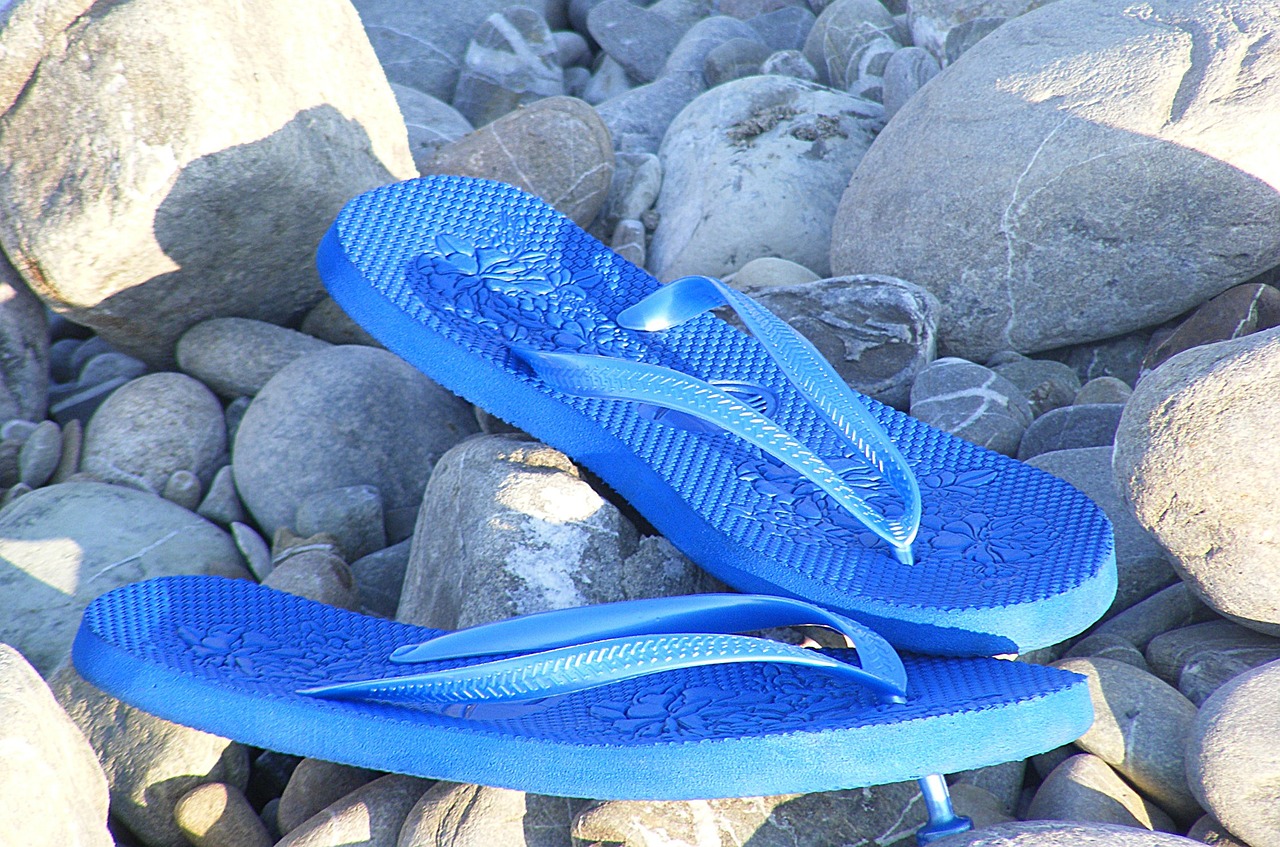
Did you know that you could be fined for wearing flipflops for driving? Or a long skirt, or baggy jeans? I didn’t either, but you can.
Rule 97 of the new Highway Code states that “You SHOULD ensure that clothing and footwear do not prevent you using the controls in the correct manner.”
The use of the word SHOULD indicates that it is not a legal requirement but that these factors would be taken into consideration if you were stopped for a driving offence. You could then be fined £100 with three points on your licence.
Examples of clothes which are deemed unsuitable for driving include long dresses or baggy jeans which could get caught up with the pedals and prevent them working properly. Unsuitable footwear includes flipflops, some sandals, slippers and high heels, as these could slip on the pedals or not allow proper use of them.
Another problem can be sunglasses. Some sunglasses cut out too much light and so are considered dangerous as your vision is limited.
So, be careful what you wear when you are driving, but have a great summer and drive safely.
'Mirrors' by Robin Clark
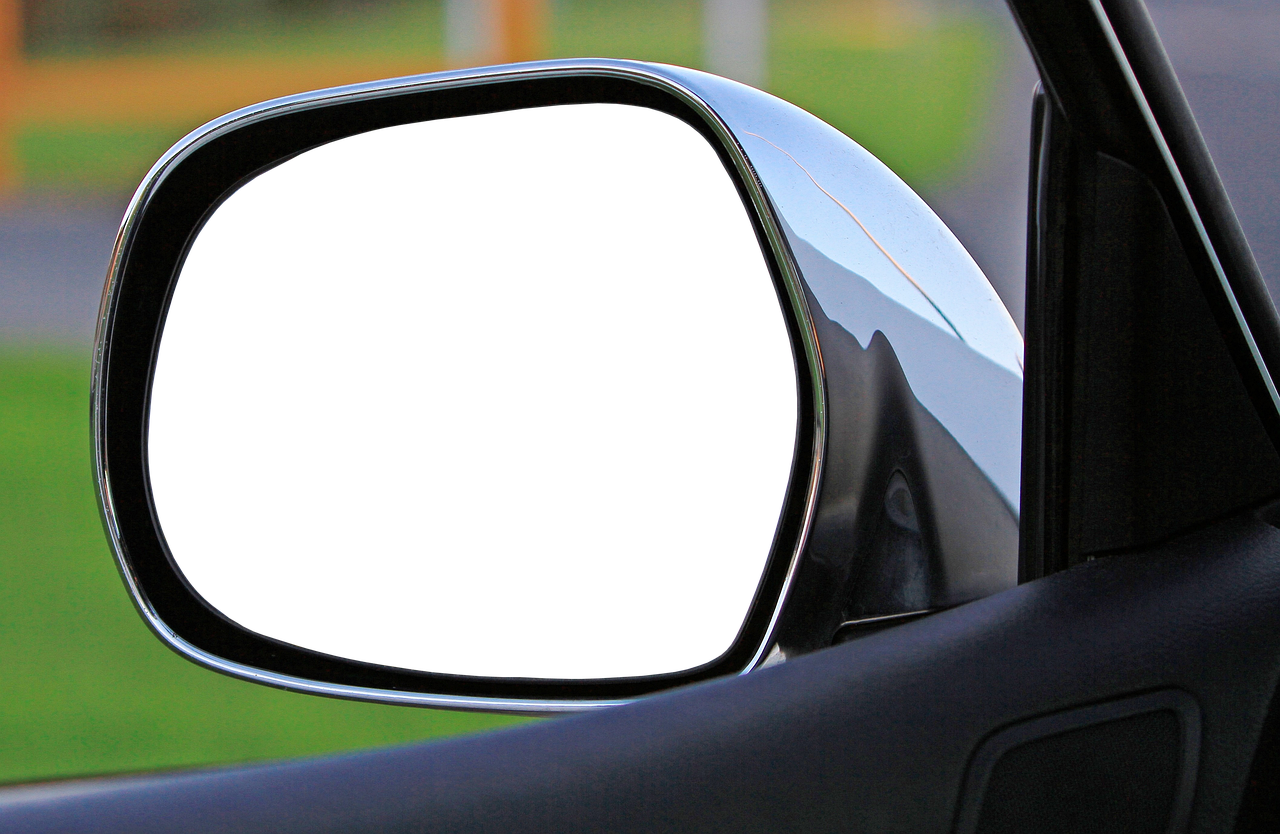
Mirror, Mirror on the wall…
…Who’s the best driver of them all?
The simple answer is “The one who regularly checks all of their mirrors”.
According to UK law, all cars must have at least two mirrors that offer an adequate view of the rear of the vehicle. One of the operational mirrors has to be the offside rear view mirror. That’s the one that’s attached to the driver’s door. If that gets damaged, then it’s illegal for you to drive your car. So that’s the legal requirement, but it goes way further than that.
One of the most common errors I pick-up when sitting alongside a driver is appropriate use of their mirrors. Advanced drivers will know all about the driving ‘system’ known as IPSGA, with the ‘I’ referring to Information, or if you like OBSERVATION. Most living things survive by observing what is around them. So why is it that so many drivers hop merrily into their motor vehicle, with the first priority seemingly to switch on their ICE and select their favourite BOOOOOOMMM track at 11 on the volume knob? Either that, or elect to clear as small an area of windscreen as possible on a cold and frosty morning so that they can get going for work so as they’re not late! Does that remind you of anyone?
Yes I hear the old fella in the corner of the room shouting out “Well I’ve been driving for over forty years now and never needed to check my mirrors yet, so I don’t see why I should start now”…..And yes that is a real quote relayed to one of my Observer colleagues on an assessment drive. I can’t imagine how many motoring incidents he might lay claim to have seen, but never knowingly have been involved in a single one!
It’s really not that difficult. Get into the habit of checking your mirrors every few seconds. You’ll be surprised what suddenly appears – or disappears without trace!
When approaching a hazard such as a junction or roundabout, pay particular attention to your door mirrors, especially your passenger mirror if turning left… “Where on heaven did that cyclist come from?!?” …and with the latest changes to the Highway Code an error like that could cost you, the driver, dearly.
If you are on a motorway or dual carriageway then you should be checking your mirrors even more regularly and here it is absolutely essential that you regularly check your driver as well as passenger door mirrors. You wouldn’t believe the stunts some people will pull off on a multi-lane highway just to try and get somewhere quicker!
I could go on, but that is the gist of my advice to you. Maybe it’s time you got out that copy of Roadcraft: The Police Drivers Handbook to recap on all of the good pointers it contains.
'Electric Vehicles' by Rosemary Tandy
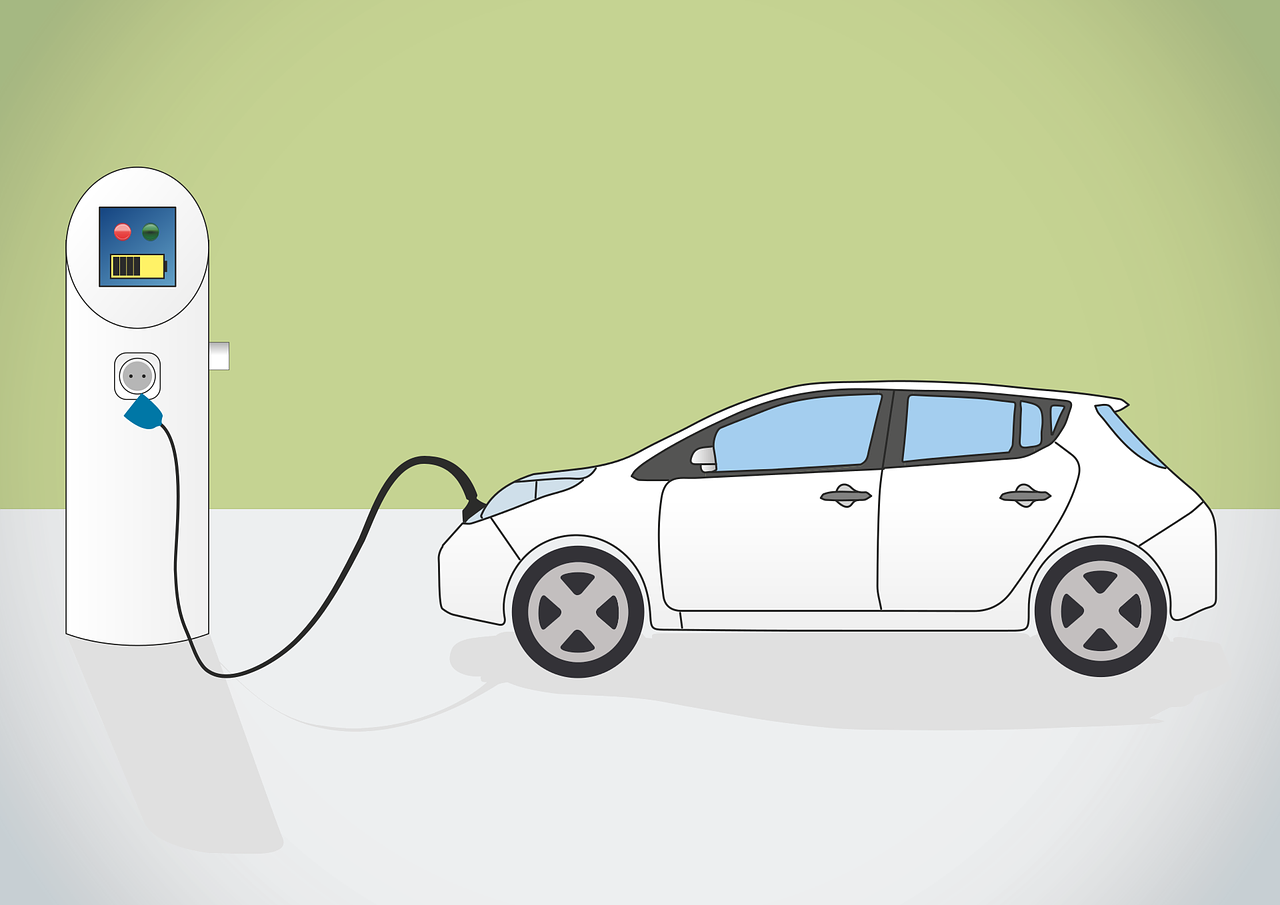
With the surge in fuel prices, many drivers are thinking seriously about changing to an Electric Vehicle.
The biggest drawback to having an Electric car is the initial cost, however leasing is available. Buying second-hand is another option though previously this has been a drawback due to battery life. Studies now show a modern electric car battery should have 95% of capacity after 100.000 miles.
Although electricity prices have risen to a record high lately, petrol and diesel prices have risen even faster.
Sadly most Electric cars priced at between 40 and 50k are out of reach of many families at 37% higher than petrol and diesel cars but there are a few models in the 20 to 30k bracket with more second-hand models coming onto the market as electric vehicles become more popular.
There is no Road Fund Tax on electric cars saving upwards of £155 a year plus grants on the purchase price of some models. These are available on cars with a recommended retail price of less the £32.000 including VAT and delivery. Another potential saving is on the London congestion charge of £15 per day. Bath, Birmingham, Bradford and Bristol are all due to introduce Clean Air Zones.
Winter temperatures reduce the driving range by about a fifth.
Coming in 2023 will be a Lotus the world’s first hyper-SUV costing around £100k and a promised range of 373 miles and 0 to 60 in less than 3 seconds and a top speed of 161 miles per hour. A proper boy’s toy. (Girls too)!!
There is a handy website to see if you can save by changing called “electriccar.guide/ev-comparison.
Learn more about Electric and Hybrid vehicles by coming to the meeting at Beckington on April 21st where Shaun Cronin will be delighted to answer any questions
'Gear-Brake Separation' by John Morley
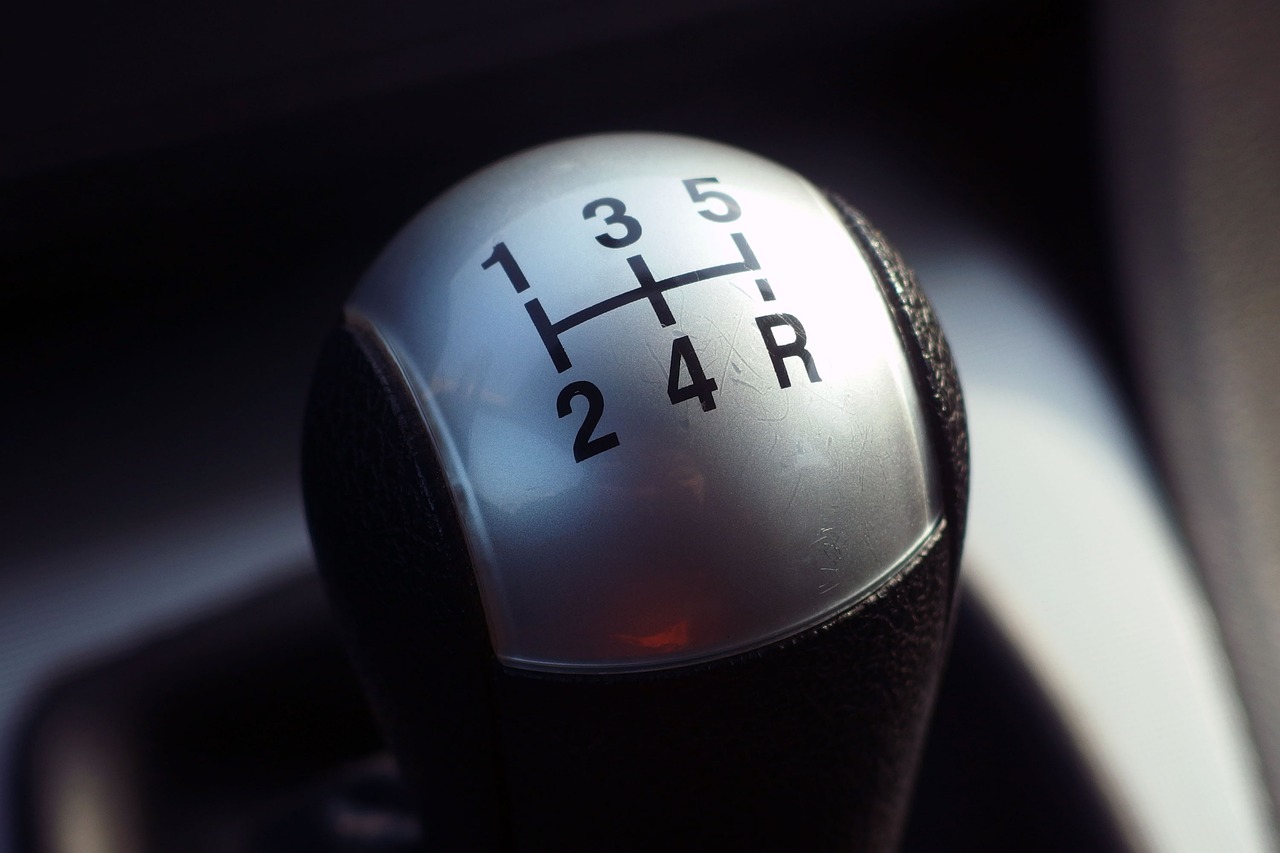
Gear/brake separation is used to reduce the amount of driving actions being taken at any one time. When used regularly, it becomes habitual. It should generally be used on the approach to a hazard (e.g. junction, roundabout, acute bend, etc), a typical example is on a major road, when planning to slow down, prior to turning into a junction, or roundabout etc.
Exceptions are:
a. When driving downhill: On the approach to a hazard, gear/brake overlap should be used. This is because if separation is used, the car could increase speed (run away) before the gear change is completed.
b. If planning to stop: In this case, apply the brakes gradually, then just before the engine is likely to judder, depress the clutch pedal, and come to a halt (no need to change down through the gears before stopping).
c. When in a busy queue of slow moving traffic.
Process of gear/brake separation.
a. Look ahead using the main beam technique, and decide when to start slowing down. Establish that it will be safe to continue, when reaching the hazard.
b. Release the accelerator, and use acceleration sense
to slow the car.
c. If necessary, feather the brakes to assist slowing of the car.
d. Before turning into the hazard, remove your foot from the brake pedal, then depress the clutch pedal, and change
into a gear to match the speed of the car. This may be a block change if required. It should be in good time to negotiate the hazard, at a safe speed.
e. Drive the car into the junction, or roundabout, etc, at a safe speed, in the selected gear. Do not change gear whilst moving the steering wheel. On completion of the manoeuvre, accelerate away from the hazard, changing gear to match
the speed.
Remember:
a. Gears are for going, and brakes are for slowing.
b. Gears form an essential part of the system of car control: Information, Position, Speed, Gears, and Acceleration (IPSGA).

